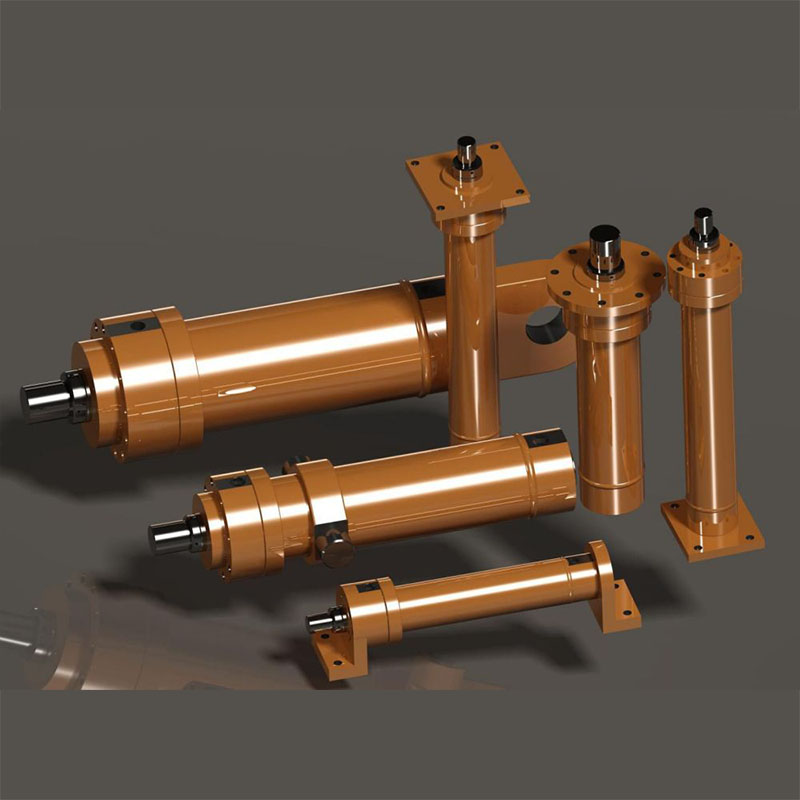Hydraulic Cylinder: The Power Behind Heavy Machinery
2025-04-17
Hydraulic cylinders are one of the most critical components in modern machinery. Found in everything from construction equipment to factory automation systems, these powerful devices convert fluid pressure into mechanical force, allowing machines to lift, push, pull, or move with precision and strength. Without hydraulic cylinders, much of the heavy-duty work in industries like agriculture, manufacturing, and transportation would be impossible.
What Is a Hydraulic Cylinder
A hydraulic cylinder is a mechanical actuator that uses pressurized hydraulic fluid, typically oil, to produce linear motion and force. It consists of a cylinder barrel, a piston, and a rod. When fluid is pumped into the cylinder, it moves the piston inside, which in turn moves the rod attached to it. This motion powers various machine operations, depending on the design and function of the equipment.
Hydraulic cylinders are known for their high strength and ability to handle extremely heavy loads, which makes them ideal for use in demanding environments.
Applications of Hydraulic Cylinders
Hydraulic cylinders are used in a wide variety of industries. In the construction sector, they are essential in excavators, bulldozers, and loaders. These machines rely on cylinders to lift arms, control blades, and tilt buckets.
In manufacturing, hydraulic cylinders are used in presses, injection molding machines, and robotic arms. Their precise control and consistent power output are perfect for repetitive and high-force tasks.
In the agriculture industry, equipment like tractors, harvesters, and plows all use hydraulic cylinders to manage attachments and control heavy components.
Even automotive and transportation systems use hydraulic cylinders in applications like braking systems, suspension systems, and lifting mechanisms.
Types of Hydraulic Cylinders
There are several types of hydraulic cylinders, each suited to specific applications. The two most common types are single-acting and double-acting cylinders. A single-acting cylinder uses hydraulic fluid in one direction and a spring or external force to return the piston. In contrast, a double-acting cylinder uses fluid pressure on both sides of the piston to move it in and out, offering greater control and power.
There are also telescopic cylinders, which have multiple stages and can extend to a much longer length than when retracted. These are often found in dump trucks and lifting platforms.
Benefits of Hydraulic Cylinders
Hydraulic cylinders offer several key benefits. They can generate very high force in a compact form, which makes them efficient even in small spaces. They are also highly reliable and durable, capable of working in harsh environments and under continuous load.
Their smooth and consistent motion makes them ideal for tasks that require precision and control. Maintenance is generally straightforward, and replacement parts are widely available, making hydraulic systems both practical and economical for long-term use.
Conclusion
Hydraulic cylinders are the backbone of heavy machinery and automated systems around the world. Their ability to provide powerful and precise linear motion makes them indispensable in industries that rely on lifting, pushing, or pulling heavy loads. As technology continues to evolve, hydraulic cylinders are being designed with more efficiency, strength, and adaptability to meet the changing demands of modern machinery. Whether in a factory, on a farm, or at a construction site, the hydraulic cylinder remains a vital tool for getting the job done.



